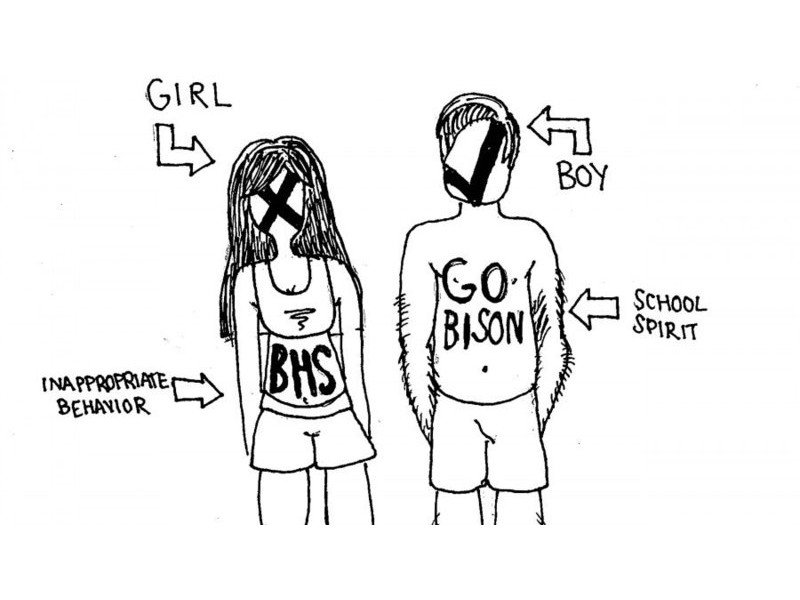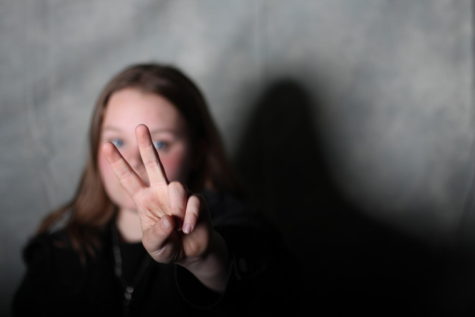“Calm down my lil’boy”
For years, students of the world have been opposed to the dress code. But what does the students and teachers of La Camaradière really think of the dress code? I took the time to interview a student and a teacher to see what they think.
Most of the students call the dress code sexist and a way for the school to prevent their freedom of expression. Alycia Roberge, a student of secondary 3 in English-music concentration, shares this opinion. She’s completely against it in school, because she thinks it is sexist and unfair. In her opinion, it isn’t useful in life to have one, but it may help boys in their studies. Does it also help girls? She doesn’t think so.
Even though she doesn’t see a lot of positivity in it, she’s worried that if we don’t have a dress code, people will exaggerate and test the limits.
Since she’s against the dress code, I asked her what she would think of a uniform. She said it would be better than a dress code because of the principle of fairness the idea that an uniform gives.
Like most of the students, she thinks it limits the students’ freedom of expression.
She and almost every students in the school have already worn a forbidden piece of clothe. Now the real question is: if students wear forbidden clothes, why do we have a dress code?
A lot of time we talk about the opinion of the students, but we often forget to ask the teacher’s opinion. To remedy the situation, I interviewed Mister Shawn Mcfarlane a teacher who teaches Ethics and Religious Culture. He isn’t completely against the dress code or completely for it, he thinks there should be a minimum. Because if everybody would wear what they want, we could end up having some special results.
In his opinion, it doesn’t help the student learning, but it does help to maintain a good climate, not only around the school, but also in society. Even though he’s not against the dress code, he’s completely against the “it can disturb boys” argument and calls it sexist. He says that a boy can be as much disturbing by his clothing than a girl.
The most negative point according to him is that it prevents the student’s freedom of expression. At a time, the colored hair were forbidden, but, often, it would end up being really beautiful. With the dress code, we, sometimes, forbid things that can be real pretty.
The most positive point is that, like Mr Mcfarlane said before, it can maintain a good climate around the school.
He’s not opposed to the idea of a uniform if it’s only a unisex t-shirt or polo shirt. When he was teaching at Vanier school, people needed to wear a uniform. The students used to tell him that it was easier to get dressed in the morning. Another positive point about a uniform is that it hides the wealth differences.
In summary, he ain’t against and for it, but thinks that we need a minimum so we can keep a good lifestyle.
Come back in 1969 in the United States, the students of some schools were wearing black armbands to protest against the Vietnam war. The Court decided that the school had the right to limit students expression if it could affect the learning environment. The schools decided then to forbid these armbands. That’s when the first dress code law appeared and when it all began.
Written by: Andréanne Rousseau
Edited by: Maude Roy and Maïssa Lapalme






Sala Aysha Fall • Apr 24, 2019 at 9:53 am
It`s sooo true I mean like boys can wear whatever they want but us girls have to wear long pants, “girl“ tee shirts
thank you for showing this